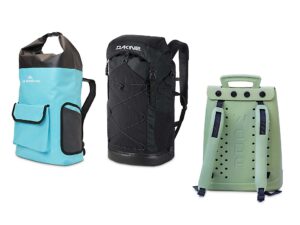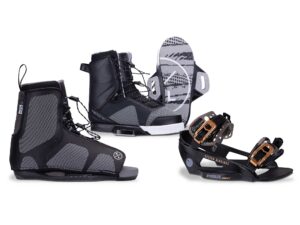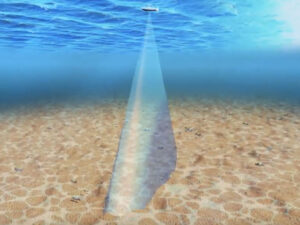When you shop for radar, you usually hone in on three characteristics: range, screen size and price, and for good reason. The technical specifications read like hieroglyphics. The secret to choosing the best radar for your application and price range is to understand six key points so that you can easily compare and make the best buy for yourself.
1. Peak Power Output
Some buyers think all they need is a low-powered radar that can see out a few miles to avoid collisions or groundings. But the main characteristic that produces longer-range targets, namely power output (expressed in kilowatts or kW), is the same characteristic that makes small targets viewable and adds significant details to close-in targets. Simply put, the more powerful signal produces better targets on all ranges.
2. Horizontal Beam Width
probably the most revealing specification when it comes to the quality of a radar picture is horizontal beam width. A wide beam tends to display a less defined picture than a narrow beam does. Likened to an artist’s paintbrush, the finer the brush or beam width, the more detailed will be the resulting picture. horizontal beam width on popular radar models can range anywhere from six degrees for more basic models to less than two degrees for higher-quality sets. however, in rough water, or aboard smaller boats, the advantages of narrow horizontal beam width can be negated by the fact that the signal tends to drop targets as the boat rocks and pitches, compared with a wider beam that tolerates greater angles of list and trim. Pick your poison.
3. Antenna Size
Radar operates at microwave frequencies. This means that a small increase in antenna size, even a couple of inches, translates into a better radar picture. Basically, the larger or longer the antenna element, the more defined and detailed the resulting picture.
4. Radar Element Type
The radar-antenna element type also influences picture quality. There are three basic types. The metal or waveguide slotted array delivers the best picture. The more economical printed circuit or microstrip array tends to paint less detailed pictures when compared with a slotted array. A hybrid or parabolic antenna element is a compromise between the metal and plastic or printed circuit array.
5. Analog vs. Digital
All radar signals were once analog. Now digital signal processing has significantly enhanced picture detail while reducing interference. Digital, high definition, UltraHD and DSP, or digital signal processing, all indicate superior radar characteristics.
6. Screen Size
The larger the display and more pixels, the easier it is to view and interpret targets. The number of pixels horizontally and vertically multiplied (example: 640H x 480V) give a good comparison figure.









